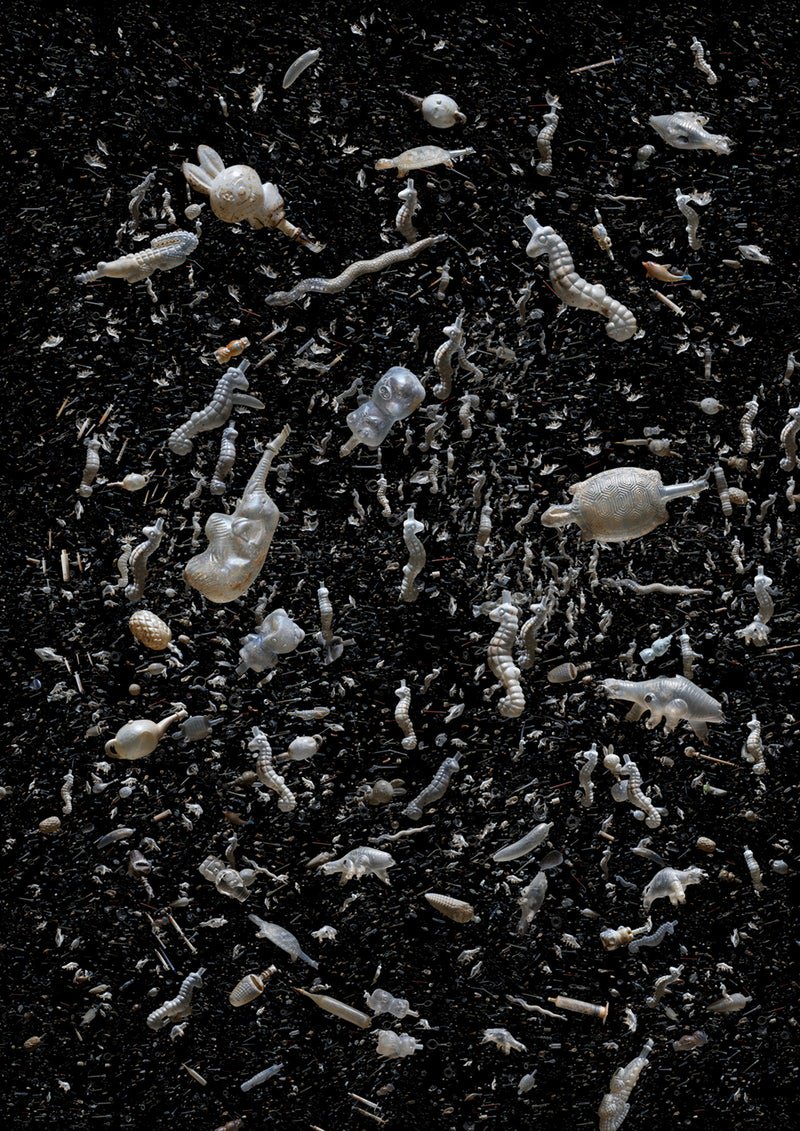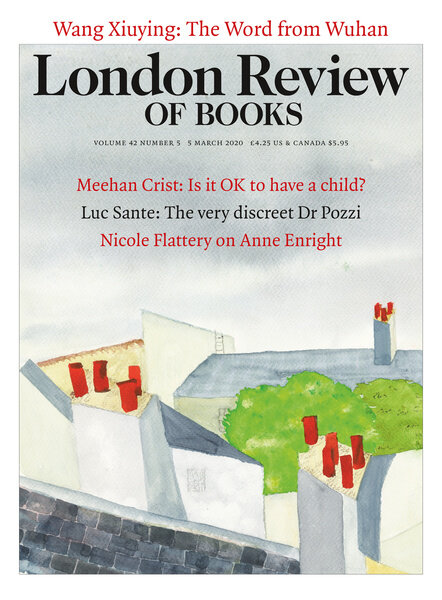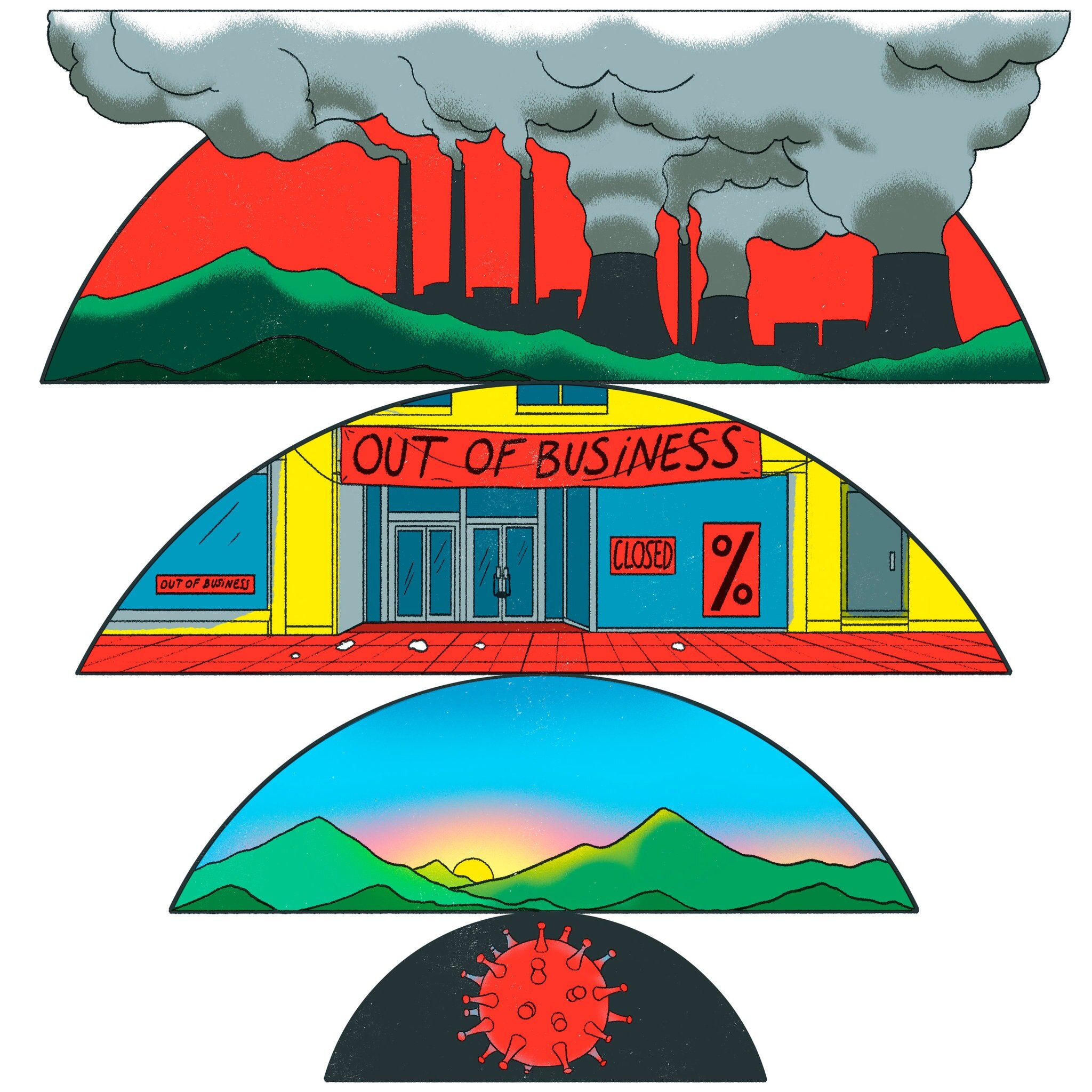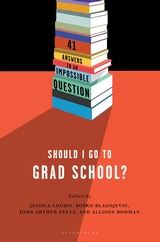
The New Republic
LONDON REVIEW OF BOOKS
Elif Batuman, Edna Bonhomme, Hazel V. Carby, Linda Colley, Meehan Crist, Anne Enright, Lorna Finlayson, Lisa Hallgarten and Jayne Kavanagh, Sophie Lewis, Maureen N. McLane, Erin Maglaque, Gazelle Mba, Azadeh Moaveni, Toril Moi, Joanne O’Leary, Niela Orr, Lauren Oyler, Susan Pedersen, Jacqueline Rose, Madeleine Schwartz, Arianne Shahvisi, Sophie Smith, Rebecca Solnit, Alice Spawls, Amia Srinivasan, Chaohua Wang, Marina Warner, Bee Wilson, Emily Witt
Sofia Andrukhovych, Neal Ascherson, Ilya Budraitskis, James Butler, Andrew Cockburn, Meehan Crist, Sheila Fitzpatrick, Peter Geoghegan, Jeremy Harding, Owen Hatherley, Abby Innes, Mimi Jiang, Thomas Jones, Laleh Khalili, Jackson Lears, Donald MacKenzie, Thomas Meaney, James Meek, Pankaj Mishra, Azadeh Moaveni, Jan-Werner Müller, Vadim Nikitin, Jacqueline Rose, Jeremy Smith, Daniel Soar, Olena Stiazhkina, Vera Tolz, Daniel Trilling
Novacene is about what is left once you have given up on humanity’s ability to curb a runaway climate, but you still have faith in the future of life on Earth.
The polar icecaps are melting. Is it OK to have a child? Australia is on fire. Is it OK to have a child? My house is flooded, my crops have failed, my community is fleeing. Is it OK to have a child? It is, in a sense, an impossible question.
As I watched the car navigate this hellscape, I realised that the scene was familiar. It looked just like a video I saw after the Camp Fire. That video had left me shaken. This one did not. I’d already assimilated what was, a year earlier, an unimaginable horror. As we glide along the path of our own destruction, this is how we normalise it – one tweet at a time.
The world has always been ending. From The Epic of Gilgamesh to the dire warnings of the latest IPCC report, the prospect of our annihilation has always been with us, and the warning signs are often written in water.
When you look at heredity in terms of genes, using genes alone to define kinship (or even to draw strict boundaries round what it means to be human) starts to seem a little dubious.
If humans stopped using fossil fuels entirely by 2050, we might face two to three feet of sea level rise by the end of the century. Instead of 4.9 feet. Or 11 feet. But the water will come. The future depends on how humans rise to meet it.
The Voynich Manuscript looks unremarkable: a yellowing bundle of cheap vellum pages bound between two wooden boards... No one knows its author or origins, and no one can read it. The faded brown script is written in an unknown alphabet that has baffled historians, cryptographers and bibliophiles for nearly six centuries.
THE NEW YORK TIMES
Our response to this health crisis will shape the climate crisis for decades to come.
We are wreaking havoc on the planet. Scientists predict that half of all living species will be obliterated by the end of the century, and in this age of man-made destruction it seems obvious we should try to salvage some of what's left.
(with Tim Requarth)
Insights into these mysteries of human language acquisition are now coming from a surprising source: songbirds.
THE NATION
(with Tim Requarth)
The first bomb didn't kill anyone.
LAPHAM'S QUARTERLY
I hold my breath as the top of the skull is removed. Skullcap comes to mind. The spinal cord is snipped and gloved hands reach in to grasp the wrinkled gray meat of the brain.
TIN HOUSE
The tissue of a living brain is soft, like custard. Put a finger to it and it gives. Blast a bullet through it and it splatters. Removed fresh from the skull, a human brain will quickly succumb to the pull of its own weight, slumping out of shape like warm Jell-O.
To trace is also to draw or sketch. Create from clues with care, as what you read in(to) the snow can take on a life of its own, rough beasts of twig and ice tapping tattoos on the inside of your skull.
LOGIC MAGAZINE
AAA: “The idea is that there are natural resources that we’re going to run out of on earth—or that we don’t have very much of to begin with—that the company can procure in space by mining asteroids.”
STORYQUARTERLY
Pattern, of course, can also mean method. How to spin the silk that will make the dress. Best practices in caterpillar husbandry.
THE BELIEVER
JB: “I worry very much that we will not solve the wage-gap problem, that the people who are running the robots while they’re talking about UBI [universal basic income] will still be so enamored of what they’ve created that wages will remain flat… We need a living wage. I mean, it’s as simple as that. So I worry that people will lack the work they need to support themselves while, at the same time, business leaders who live in a techno-utopia will realize too late that there’s no one left to buy their products.”
AH: Turn off your TVs and go to a VA hospital. Just sit there. Don’t ask anyone any questions, just go sit in the cafeteria and watch, and make a judgment about the war and about veterans. Just sit there watching.
DR: Even though they look like like a fish, more like a fish than us, there is this warm-eyed mammal, this eye-to-eye contact. There's somebody in there.
In the poetry world, where convincing a publisher to put out your book is like convincing a stranger to toss all their clothes out of an airplane, chapbooks are the currency of the young and the previously unpublished. But they are also the currency of established poets enamored with the brevity of a form which, like the novella, allows for a more compact mode of expression.
Every history is a story, a marshaling of evidence to support a particular reading of the past. Of the Silk Road or Nordic myth. Of Alexandria or pirates or the atom bomb.
Taken together, these two books represent a departure from history as most of us learn it, both in form and content:Celebrate People’s History is a radical retelling of history by contemporary artists; Signs of Change is a visual record of historical events themselves.
THE MILLIONS
These few sentences set off some unexpected alarm bells, so we decided to take a closer look at some of the science upon which Imagine is built, specifically neuroscience...
SCIENCE
(with Tim Requarth)
In a small but elegant museum on Manhattan’s west side, one finds watchful Buddhas, many-limbed goddesses, and tapestries depicting religious visions. The Rubin Museum is a place where people come to learn about Himalayan art, but for three months of the year it is also a place where people come to learn about the science of the human brain.
ECOTONE
I recognize a scallop-backed chair, an African mask, and a rusted chandelier with only a few mismatched crystal teardrops clinging to its emaciated arms... Adams has discovered most of these objects in Harlem, his home for nearly twenty years. Some are valuable antiques, others are not. Many of them, like the chandelier overhead, have been rescued from a future as refuse.
BOOKS: EDITOR
Focused on in-depth long-form journalism and essays, What Future tackles issues critical to our future: climate change and human migration, feminism and gender politics, digital rights and AI. From the food systems of the future and built environments to constantly evolving systems of justice and surveillance, what kind of future do we envision for people and the planet?
THE ATLANTIC
The recent shift in conservative rhetoric exploits legitimate scientific uncertainty that most scientists agree is irrelevant to crafting responsible climate policy.
The real hope is that some corals survive long enough for human civilization to wean itself from a carbon-based economy... Letting go is not the same as giving up.
THE NEW YORKER
If the olm eventually disappears, Slovenians will have to wrestle with a new national identity. They will no longer be the country of dragons but the country where the dragons died.
NAUTILUS
Cosmonaut of my own anatomy, I go deeper and become aware of stomach and gut, the spaces carved out for food and waste and fetus, all of it pulsing as the bone case yawns open, then draws shut, with every breath.
Nagigi’s problem is one we all share: How can dwindling ocean resources support a swelling human population?
We’re here to rifle through some 2,000-year-old trash, to see what clues it holds for conservation today.
THE NEW REPUBLIC
At the very least, these are unprecedented times that call for new kinds of narratives—or perhaps new forms, entirely—that help make sense of our interrelated lives on a warming planet.
Rather than being dismissed as anthropomorphic flapdoodle, animal cognition has now emerged as a vibrant field of respectable scientific inquiry.
(with Tim Requarth)
In the mid-'80s, the political philosopher James Flynn noticed a remarkable but puzzling trend: for the past century, IQ scores in every industrialized nation have been steadily rising.
THE SERVING LIBRARY
Perhaps “mother” does not mean to disavow the former self, even as desires shift and new desires, previously unimaginable, come into view along a new horizon.
Perhaps the most urgent question is one we will never be done asking: for what utopia are we to pine?
PREVENTION
(winner, 2016 AOA Award for Excellence in Health Journalism)
As American health care barrels toward an unprecedented physician shortage, DOs are stepping up to fill the widening gap. Currently, 1 in 4 doctors in the US is a DO.
N+1 BR
She is fascinated by the minute—faberge eggs, a single flower, a stray thought—and often focuses her attention on the sights from which we normally avert our eyes—death and decay, rotting bodies and the limits of the flesh—but that can allow for surprising beauty.
THE LOS ANGELES TIMES
"The mind evolved in the sea," writes Godfrey-Smith, but if water is our origin it may also be our destiny.
There is no such thing as "the veteran experience," particularly in a war on terror waged across multiple countries for more than 10 years.
For families like Sternburg's lobotomy offered a last resort that tugged on the tangled heartstrings of compassion and self-preservation, love and fear.
We begin to see OCD in relation to what is considered normal human behavior, such as daydreaming and the rituals invented by children, suggesting that OCD may be the exaggerated expression of certain traits more or less apparent in all of us.
In her remarkable new essay collection, The Empathy Exams, Leslie Jamison looks long and hard at what it means to feel empathy. 'Empathy isn't just listening to, it's asking the questions whose answers need to be listened to. Empathy requires inquiry as much as imagination.'
MacLean has hallucinations and memory lapses, flitting in and out of consciousness like a surrealist television show playing on a set with a haywire power button.
Lauren swallows scissors, light bulbs, batteries, bedsprings, knives. Eddie pinches pennies for plastic surgeries he can't afford and rubs his face raw with sandpaper trying to fix disfiguring acne scars that no one else sees...
Their stories all revolve around visual perception and language, and the relationship between those two — subjective experience and how one describes that experience — provides the real enigma at the heart of this book.
With "C," Tom McCarthy has written an avant-garde masterpiece — a sprawling cryptogram — in the guise of an epic, coming-of-age period piece.
But in all this fooling around with form, something serious is at stake.
BOOKFORUM
An act of translation from brain to mind is the holy grail of much scientific research, particularly in the nascent fields of neuropsychology and neuropsychoanalysis that Malabou so admires.
One day not so long ago, Rebecca Solnit found herself with an apricot problem.
Winter argues that the ongoing battle over how we conceptualize memory has had profound effects on our most important social institutions, on science, and on the individual.
SCIENTIFIC AMERICAN
(with Tim Requarth)
For most of the past century the scientific consensus held that the adult human brain did not produce any new neurons... Recent work now suggests that one role may be to help the brain recover from traumatic brain injury.
Young granule cells help form new memories, but as they get older they switch roles to helping recall the past. Newer granule cells pick up the slack, taking on the role of helping to form new memories.
BOOKS: CONTRIBUTING AUTHOR
(Bloomsbury, 2014)
"It is easy to see the beginnings of things, and harder to see the ends," Joan Didion says at the start of "Goodbye to All That." But the opposite is often true: it is easy to see the ends of things, and harder to see the beginnings.
(Chronicle Books, 2012)
"Illusions"; "Neurons"; "Plasticity" with Tim Requarth
As recently as the late 1990s, researchers proved that new neurons appear in the adult human brain, challenging long-held assumptions about learning, memory, ageing, and the whole architecture of the self.
(Chronicle Books, 2010)
She handed me copies of a few reviews that worked well - Gary Lutz on The Pornographer's Poem, a poetry review by Stephen Burt, a few others - and basically said, "See what's going on here? This works. We want more of this."
(Coffee House Press, 2017)
Elision is not the same thing as distortion, though it can result in distortions, some of which may be more truthful than anyone’s unabridged whole.
































































There will be no Rachel Carson for the climate crisis.